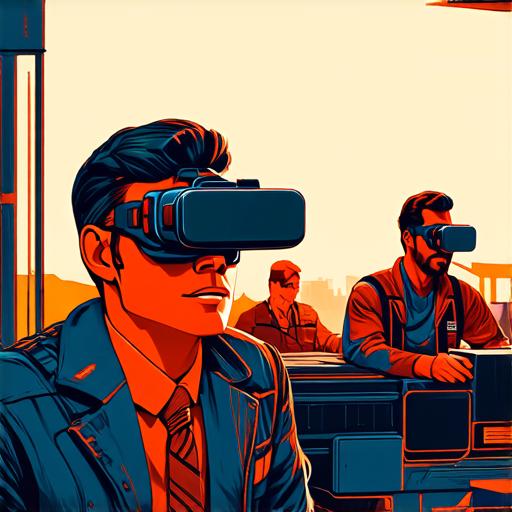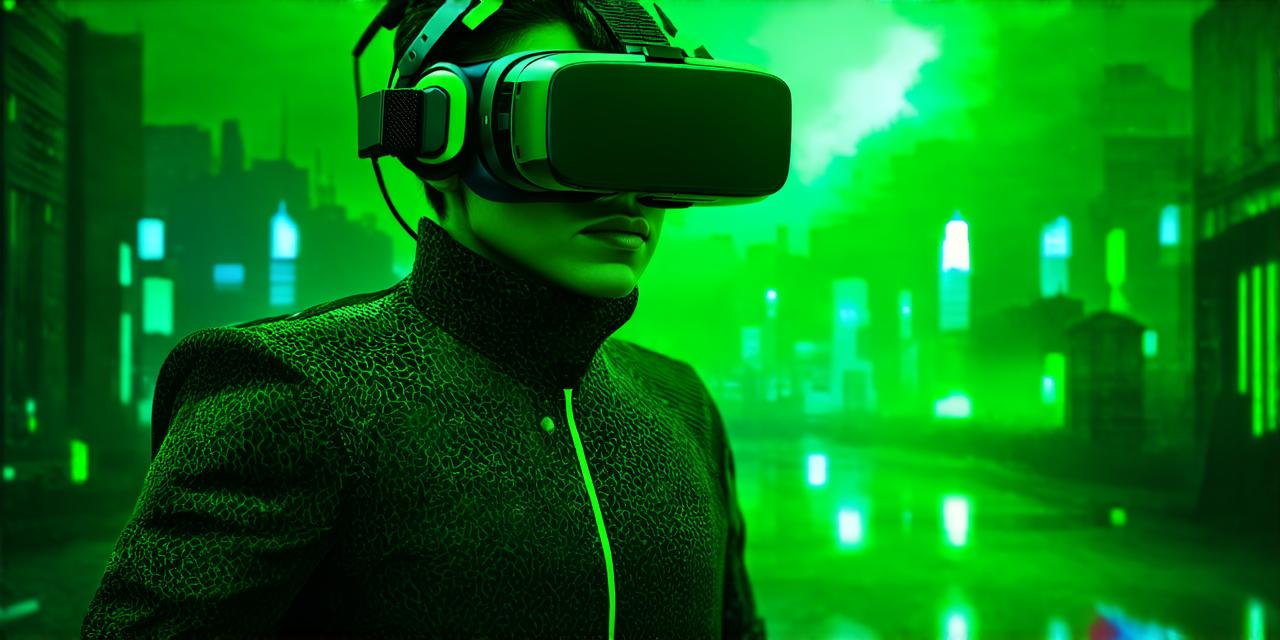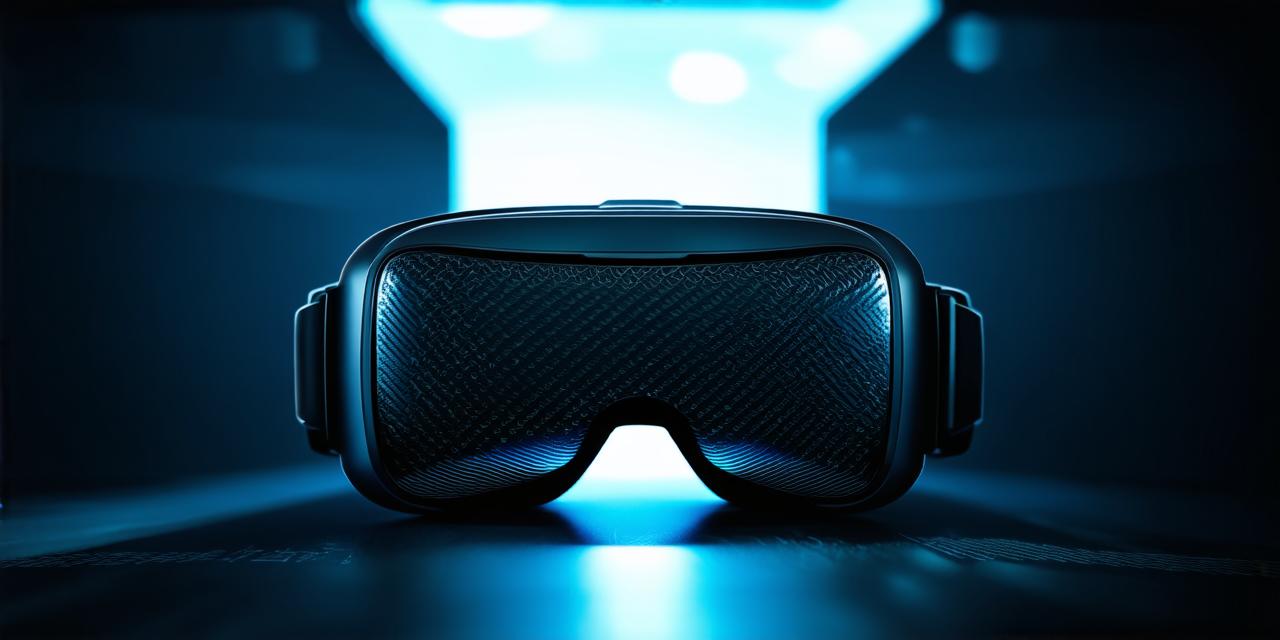
Why was VR invented?
Virtual reality (VR) technology has been around for several decades now, and it’s become an increasingly popular way to experience immersive environments. But what was the reason behind its creation? What problem did it seek to solve?
The origins of VR can be traced back to the 1960s, when researchers at MIT developed a device called the Sword of Damocles. This device used a projector and a series of mirrors to create an illusion of depth and movement in a small, enclosed space. The goal was to study how people reacted to immersive environments, and what effects they had on the brain.
In the 1980s, researchers at the University of Illinois developed a head-mounted display (HMD) that allowed users to experience a simulated environment in real time. This device used a series of screens mounted on a helmet, which tracked the user’s head movement and adjusted the image accordingly.
Over the years, VR technology has continued to evolve, with new advancements in graphics, motion tracking, and display technology allowing for more realistic and immersive experiences. However, despite these advancements, the true purpose of VR remains a subject of debate among researchers and industry experts.

Some argue that VR was invented to solve a specific problem, such as the need for more efficient and cost-effective training in fields like medicine, military, and aviation. Others believe that VR was created to provide a new form of entertainment and escape from the stresses of daily life.
Ultimately, it’s likely that VR technology was developed with multiple purposes in mind. While it may have started as a tool for research and experimentation, its potential applications are vast and varied, and its popularity is only set to grow in the coming years. Whether used for training, entertainment, or simply exploring new frontiers of human experience, VR is a testament to our innate desire for immersion and connection with the world around us.

